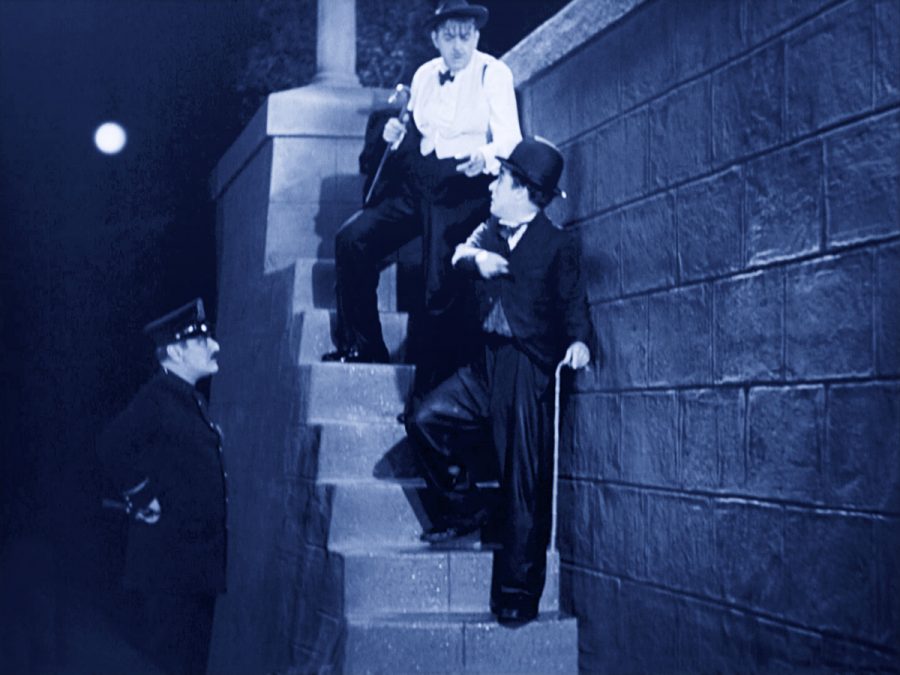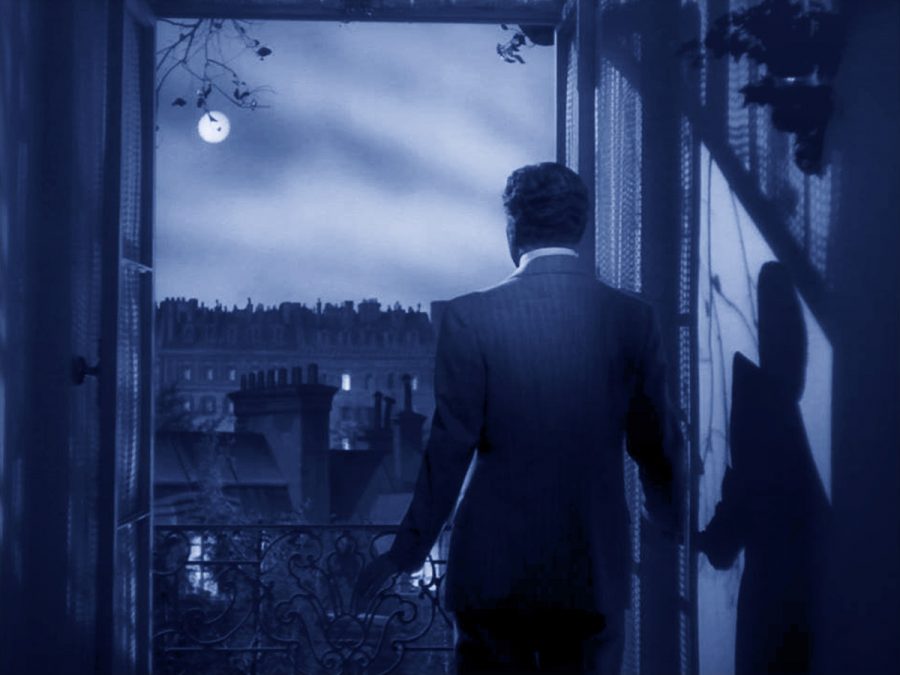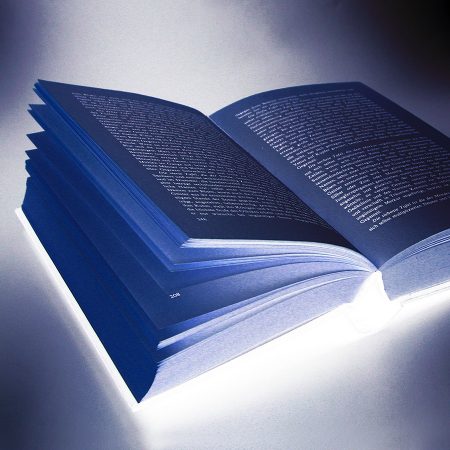Charlie Chaplin and the full moon

Sir Charles Spencer Chaplin (1889–1977) is considered one of the first movie stars ever and made film history with his acting and his works. He is also one of the few artists who managed the transition from silent films to sound films.
Because of using archetypal imagery and symbols in his films, it is natural that the moon could also play a part somewhere. We found four references:
City Lights (1931)
Once again, Chaplin can be seen in his famed role of the roving tramp, living in poverty but always muddling through life successfully, thanks to his cleverness and steady, dignified demeanor. In this film, the tramp falls in love with a blind flower girl who mistakes him for a wealthy man. He then tries to maintain this image, which comes with some challenges. In a nighttime scene, the tramp saves the life of a drunken millionaire who is about to commit suicide and then declares him his friend. Here, you can see the full moon in the background. Theoretically, it could also be a streetlamp, but it is more likely that it’s intended to be the full moon (except that on the film set, it was certainly a spotlight).

To watch this scene, please click:
https://youtu.be/TkF1we_DeCQ?t=672
(starts at 11m11s)
You have to keep in mind that, for a long time, night scenes in films were not easy to achieve in terms of lighting and camera technology. The “Day for Night” method was often used, in which sequences were shot during the day and then darkened or modified accordingly. The result was usually not visually clear. This explains why this scene is introduced with a text panel that says “Night”, even though the black night sky, the lantern and the full moon actually make it convincing that it must be night.
By the way, the full moon only appears at timestamp 12m10s, even though the scene starts at 11m19s, but it can’t be seen there yet. It is probably a “continuity error”, which is surprising since Chaplin was known to be a perfectionist.
Monsiuer Verdoux (1947)
In this black comedy, Chaplin plays the marriage impostor and woman murderer Henri Verdoux, who is after the money of older, rich widows. He woos them with his irresistible charm and his silver tongue, which allows him to either beguile his victims or invent new excuses and stories to gain access to their money.

In one scene, where he is about to spend the night with the unpleasant and incessantly nagging Lydia Floray (and to murder her, as the plot suggests), he stands at the window in front of the bedroom with a view of the full moon and muses lyrically, while she comments disdainfully in the background:
He: “What a night!”
She: “Yes, full moon.”
He: “How beautiful, this pale Endymion hour.”
She: “What are you talking about?”
He: “Endymion, my dear. The beautiful youth possessed by the moon.”
She: “Forget about him and get to bed.”
He: “Yes, my dear … ‘Our feet were soft in flowers’ ¹ …”
The next morning, he counts the money and leaves … The full moon has become the silent and only witness to a moonlit murder.
“The Moon Shines Bright on Charlie Chaplin” (1915)
During the First World War (1914–1918), there was a public discussion in Great Britain about Chaplin, an Englishman living in Hollywood, who was accused of a lack of patriotism. During this time, a soldier‘s song was created in which Chaplin is sung about, partly humorously and partly mockingly, and the moon is mentioned.
“The moon shines bright on Charlie Chaplin
His boots are cracking
For want of blacking
And his little baggy trousers
They want mending
Before we send him
To the Dardanelles.”
It is reported that Chaplin was not amused by this piece, but rather worried that he would be drafted into military service.
Modern Times (1936)
There is another, more light-hearted connection to the moon that leads to pop culture. It’s about the Moonwalk, which was made popular by Michael Jackson in 1983 but certainly has its roots before that. In this film, Chaplin again plays the tramp, who appears in one scene as a waiter and does a surprising number of dance movements and figures that were later portrayed in a similar way by Jackson. Here is an example for comparison:
Charlie Chaplin has had a decisive influence in the way stories are told in film. The visual language of his works is still valid today. Maybe that’s why it fits so well with the moon that accompanies us silently and without words – like the tramp.
¹ Here, Verdoux quotes a line from the 1918 poem “Endymion” by John Keats. In Greek mythology, Endymion is the beautiful and eternally youthful lover of the moon goddess Selene.
